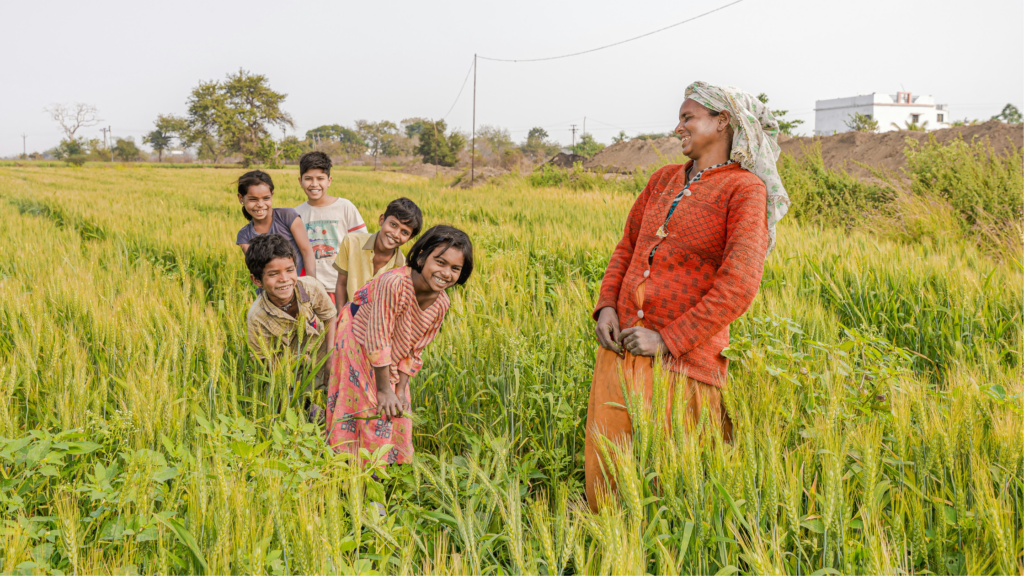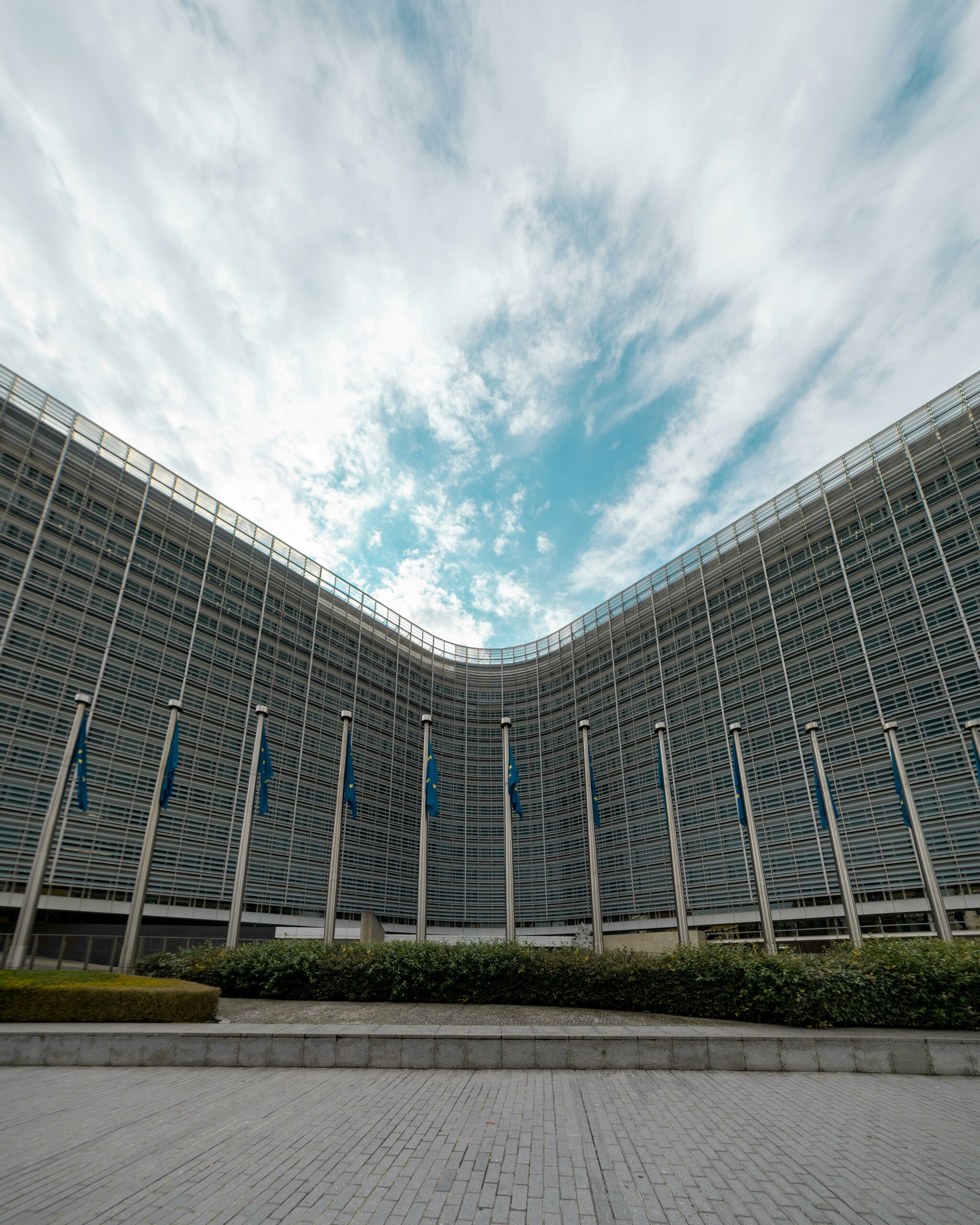A landscape approach for business is a strategic framework that integrates sustainable business practices with the management and use of natural resources across a defined geographic area, often referred to as a “landscape.” This approach aims to balance environmental, social, and economic objectives, recognizing that business activities are interconnected with the broader ecological and social systems in which they operate. Learning from our experience and programs at Ksapa, here are the key elements and benefits of a landscape approach for business
Key Elements of a Landscape Approach
Whenever we engage to design new programs at Ksapa, we ensure to explore all of the following ingredients. They are all required to build landscape approaches which are replicable across additional locations, as much as sustainable in the way they can develop where they are located.
- Holistic Management: This involves managing the entire landscape, taking into account all land uses and stakeholders. It includes agricultural lands, forests, water bodies, and human settlements, ensuring that the interdependencies among these components are addressed.
- Multi-stakeholder Engagement: A landscape approach requires collaboration among various stakeholders, including local communities, governments, NGOs, and other businesses. This collaboration helps to align interests, resolve conflicts, and create shared value.
- Sustainable Land Use: Businesses adopt practices that promote sustainable land use, such as agroforestry, conservation agriculture, and integrated water management. These practices help maintain the health of ecosystems while supporting business operations.
- Integrated Planning: Planning processes consider multiple sectors and scales, integrating environmental, social, and economic factors. This ensures that business strategies are aligned with broader landscape-level goals, such as biodiversity conservation and climate resilience.
- Adaptive Management: Continuous monitoring and learning are crucial. Businesses must be willing to adapt their practices based on feedback and changing conditions within the landscape. This ensures long-term sustainability and resilience.
- Ecosystem Services Valuation: Recognizing the value of ecosystem services (e.g., clean water, pollination, carbon sequestration) is essential. Businesses can incorporate these values into their decision-making processes, ensuring that natural capital is conserved and enhanced.
Benefits of a Landscape Approach for Business
Our business partners have all tried to develop responsible supply chain programs with success and failures. It is now obvious to them all that complementing their efforts to date deploying landscape approaches is required to secure strategic sourcing and enhance compliance with growing and complex regulations. Here are some of the key benefits we can hear from our business partners:
- Risk Mitigation: By understanding and managing the broader landscape, businesses can better anticipate and mitigate risks related to environmental degradation, climate change, and social conflicts. This reduces vulnerability and ensures more stable operations.
- Enhanced Reputation: Adopting a landscape approach demonstrates a commitment to sustainability, which can enhance a business’s reputation among consumers, investors, and regulators. This can lead to increased market opportunities and customer loyalty.
- Resource Efficiency: Sustainable practices within a landscape approach often lead to more efficient use of natural resources, reducing costs and improving productivity. For example, integrated water management can optimize water use and reduce wastage.
- Regulatory Compliance: A landscape approach helps businesses stay ahead of regulatory requirements by proactively addressing environmental and social issues. This can prevent legal issues and ensure smoother operations.
- Improved Stakeholder Relations: Engaging with a wide range of stakeholders fosters better relationships and cooperation, which can lead to shared benefits and long-term partnerships. This collaboration can also lead to innovative solutions and increased resilience.
- Positive Impact on Local Communities: By addressing the needs and rights of local communities, businesses can contribute to social well-being and economic development. This not only enhances social license to operate but also creates a more supportive and stable environment for business.
Implementation Steps
The whole complexity designing and implementing landscape approaches lies in building alignment between stakeholders with programs capable to be scalable and replicable. Here are some of the implementation steps we’re using at Ksapa to address these critical objectives.
- Baseline Assessment: Conduct a thorough assessment of the landscape to understand current conditions, including ecological, social, and economic factors. Identify key stakeholders and their interests.
- Vision and Goals: Develop a shared vision and set of goals for the landscape, in collaboration with stakeholders. Ensure that these goals align with both business objectives and broader sustainability targets.
- Strategy Development: Create strategies and action plans to achieve the landscape goals. This should include specific activities, timelines, responsibilities, and resource allocations.
- Monitoring and Evaluation: Establish a system for monitoring progress and evaluating the impact of landscape initiatives. Use this information to adjust strategies and improve practices over time.
- Capacity Building: Invest in building the capacity of stakeholders, including employees, local communities, and partners, to implement and sustain landscape approaches.
- Communication and Reporting: Maintain transparent communication with stakeholders and report on progress and outcomes. This builds trust and demonstrates accountability.
Case Study: Ksapa’s Sustainable Rubber Program in Sri Lanka
In Sri Lanka, Ksapa operates under a Memorandum of Understanding signed with Ministry for Plantations to support long term development of rural areas. The RIVER project aims to enhance farming practices for 6,000 Sri Lankan rubber farmers by providing agricultural training, access to digital tools, and secure markets. Ksapa organized a coalition of diverse public and private stakeholders to perform a comprehensive socio-economic analysis. The project’s diagnostic phase involved studies on socio-economic conditions, technical agricultural practices, and diversification strategies. This multi-stakeholder approach ensures a holistic understanding of local needs and conditions, promoting sustainable, economically efficient farming practices while fostering collaboration among various expertise areas. Program is deployed exploring 20+ levers of diversification ensuring farmers can complement rubber revenues with additional activities, for which they can also find proper market linkages.
Conclusion
Only through such transformative approaches business can hope to rectify the deep-seated issues within agricultural commodity supply chains, ensuring that the margins and benefits made through the processing of these raw materials is mirrored in the lives of those who cultivate it. Ksapa is actively engaging to deploy its expertises, methodologies and tools to bring a new wave of solutions engaging with vulnerable segments in this sensitive and scrutinized value chain. Feel free to engage with us to learn more and take part in our journey.
Author of several books and resources on business, sustainability and responsibility. Working with top decision makers pursuing transformational changes for their organizations, leaders and industries. Working with executives improving resilience and competitiveness of their company and products given their climate and human right business agendas. Connect with Farid Baddache on Twitter at @Fbaddache.






